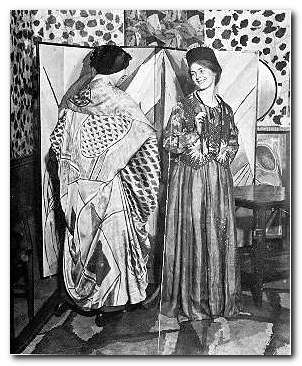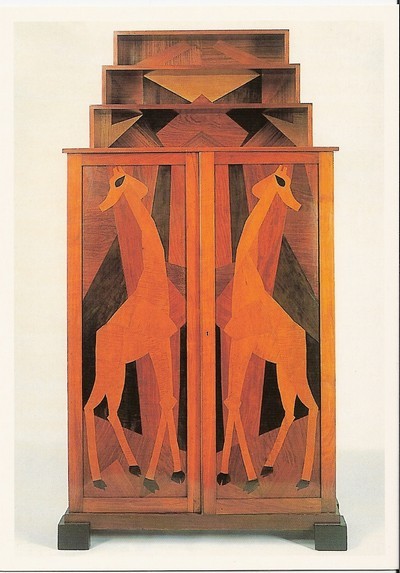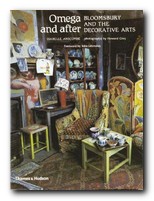Kafka’s last major work
The Castle was Kafka’s last novel, and like most of his others (except The Trial) it was never completed. Indeed, it ends abruptly, breaking off half way through a sentence. But it towers like some sort of an unfinished masterpiece over the rest of his work. Anthea Ball, the translator of this new edition from OUP, makes the case that The Castle is unlike The Trial because it is set in the countryside and it is mainly concerned with a village community. This is what might be called a ‘charitable’ interpretation.
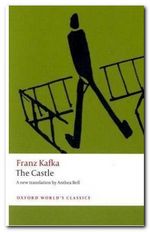 Others are likely to note that it has a very similar protagonist, with the same initial name (K) who seeks acceptance into the village and is condemned to failure in his attempts to gain admission to the Castle. This building dominates the entire locality and houses swarms of unseen officials and various bureaucrats representing authority in the absence of its real owner, who never appears.
Others are likely to note that it has a very similar protagonist, with the same initial name (K) who seeks acceptance into the village and is condemned to failure in his attempts to gain admission to the Castle. This building dominates the entire locality and houses swarms of unseen officials and various bureaucrats representing authority in the absence of its real owner, who never appears.
The castle is also likened to a church or cathedral – and the villagers do in fact pay it religious devotions. Visitors to Kafka’s home town of Prague do not have to look far to see the likely origin of this powerful symbol. Prague Castle towers above every possible view from the surrounding city.
The villagers live in a state of what Marx called ‘rural idiocy’ because of their reverence for this unseen authority. Kafka’s other works are mainly set in a city – and he himself rarely left Prague where he was born, went to school and university, and worked – until the very end of his short life. But The Castle is world of shabby, overworked and undernourished peasants who live in hovels and endure brutish behaviour from everyone above them in the pecking order.
K does his best to challenge in a rational manner the benighted obeisance in which the villagers are held because of their irrational respect for the Castle’s authority – especially in the form of Klamm, an official of such awesome power that people are even afraid to say his name or look at him. But K is met with ambiguity, contradiction, and absurdity at every attempt to deal with the strange world in which he finds himself.
There is also the usual sexual ambiguity one comes to expect in Kafka’s work. When K arrives in the village, Frieda the barmaid is Klamm’s mistress, but she gives him up in favour of the newcomer K. The two of them consummate their passion on the floor of the bar room amongst beer puddles, unknowingly observed by the comic twins Artur and Jeremiah. This experience transports K into ‘another land’ – and yet he quickly gets fed up with her and spends all his time thinking about gaining access to the Castle.
Any number of possible interpretations of the novel have been discussed at length in the critical writing on Kafka. It has often been seen as a novel-length version of his parable ‘Before the Law’ in which a man seeks entry to the Law but is denied by a gatekeeper. The man decides to wait and only when he is dying asks why no other people have ever sought entrance. The gatekeeper replies “This entrance was assigned only to you. And now I am going to close it”.
These new editions of Kafka’s main works from Oxford University Press offer fresh translations, and they come with extended introductory essays, full explanatory notes, a bibliography, and both a biographical preface on Kafka and a chronology of his life. They also explain the very complex provenance of the text.
The Castle is not for readers new to Kafka. Better to start with the short stories, such as Metamorphosis or his shorter novel The Trial. But for anything like a complete Kafka experience, this one is unmissable. It is also a surprisingly funny novel at times, despite its sombre overtones.
© Roy Johnson 2009
Franz Kafka, The Castle, Oxford: Oxford University Press, 2009, pp.279, ISBN 0199238286
More on Franz Kafka
More on the novella
More on literary studies
More on short stories
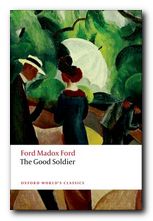
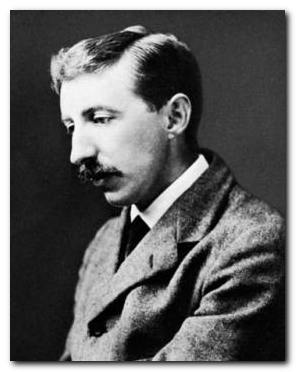
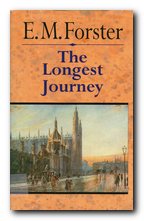
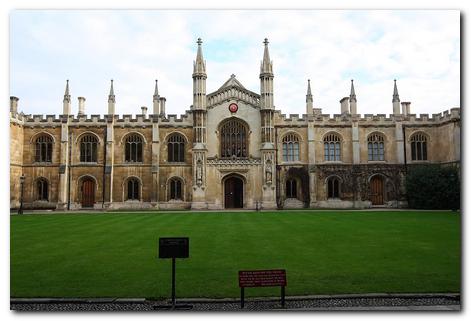
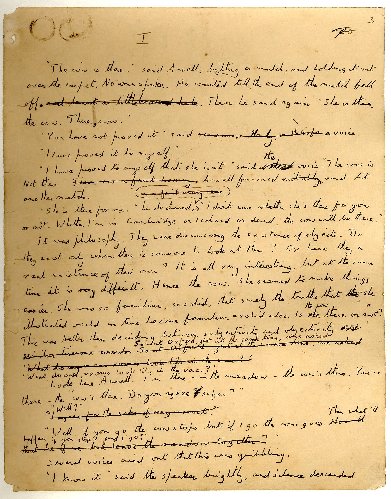
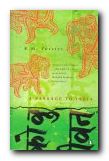 A Passage to India, (1923) was started in 1913 then finished partly in response to the Amritsar massacre of 1919. Snobbish and racist colonial administrators and their wives are contrasted with sympathetically drawn Indian characters. Dr Aziz is groundlessly accused of assaulting a naive English girl on a visit to the mystic Marabar Caves. There is a set piece trial scene, where she dramatically withdraws any charges. The results strengthen the forces of Indian nationalism, which are accurately predicted to be successful ‘after the next European war’ at the end of the novel. Issues of politics, race, and gender, set against vivid descriptions of Chandrapore and memorable evocations of the surrounding landscape. This is generally regarded as Forster’s masterpiece.
A Passage to India, (1923) was started in 1913 then finished partly in response to the Amritsar massacre of 1919. Snobbish and racist colonial administrators and their wives are contrasted with sympathetically drawn Indian characters. Dr Aziz is groundlessly accused of assaulting a naive English girl on a visit to the mystic Marabar Caves. There is a set piece trial scene, where she dramatically withdraws any charges. The results strengthen the forces of Indian nationalism, which are accurately predicted to be successful ‘after the next European war’ at the end of the novel. Issues of politics, race, and gender, set against vivid descriptions of Chandrapore and memorable evocations of the surrounding landscape. This is generally regarded as Forster’s masterpiece.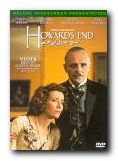 Howards End – DVD This is arguably Forster’s greatest work, and the film lives up to it. It is well acted, with very good performances from Emma Thompson and Helena Bonham Carter as the Schlegel sisters, and Anthony Hopkins as the bully Willcox. The locations and details are accurate, and it lives up to the critical, poignant scenes of the original – particularly the conflict between the upper middle-class Wilcoxes and the working-class aspirant Leonard Baskt. This is another adaptation which I have watched several times over, and always been impressed.
Howards End – DVD This is arguably Forster’s greatest work, and the film lives up to it. It is well acted, with very good performances from Emma Thompson and Helena Bonham Carter as the Schlegel sisters, and Anthony Hopkins as the bully Willcox. The locations and details are accurate, and it lives up to the critical, poignant scenes of the original – particularly the conflict between the upper middle-class Wilcoxes and the working-class aspirant Leonard Baskt. This is another adaptation which I have watched several times over, and always been impressed.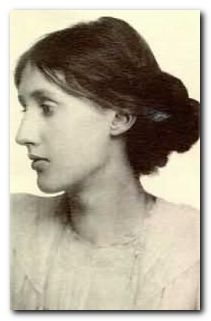
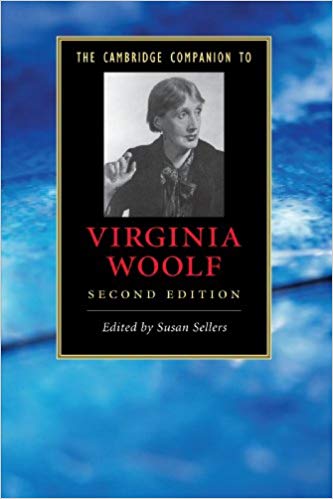
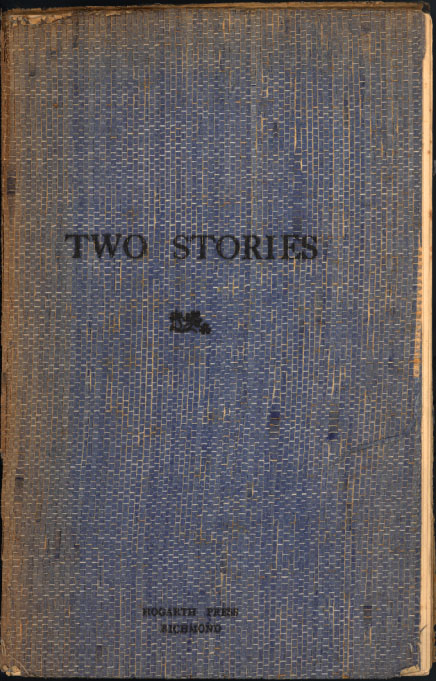
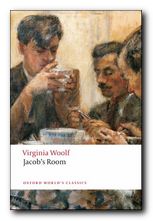 Jacob’s Room
Jacob’s Room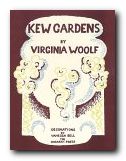 Kew Gardens
Kew Gardens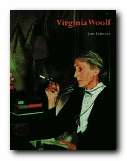 Virginia Woolf
Virginia Woolf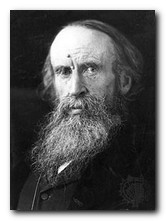
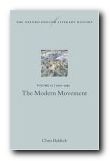
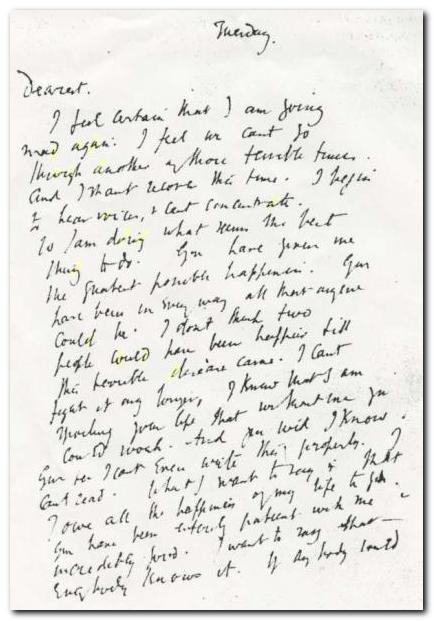
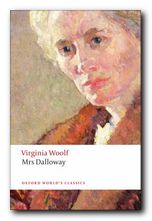 Mrs Dalloway
Mrs Dalloway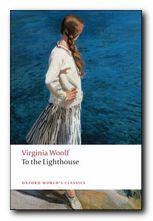 To the Lighthouse
To the Lighthouse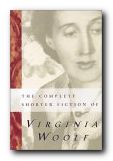 The Complete Shorter Fiction
The Complete Shorter Fiction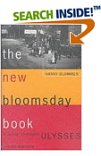
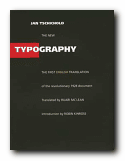
 There are chapters on the use of photographs; the standardisation of paper sizes [the origin of the DIN A4 we all use today] lots of carefully analysed examples of business stationery, and even film posters which evoke the visual ethos of the inter-war years. All this is illustrated by some crisp and still attractive reproductions of everyday graphics – letterheads, postcards, catalogues, and posters – in the red, black and white colour-scheme characteristic of the period.
There are chapters on the use of photographs; the standardisation of paper sizes [the origin of the DIN A4 we all use today] lots of carefully analysed examples of business stationery, and even film posters which evoke the visual ethos of the inter-war years. All this is illustrated by some crisp and still attractive reproductions of everyday graphics – letterheads, postcards, catalogues, and posters – in the red, black and white colour-scheme characteristic of the period.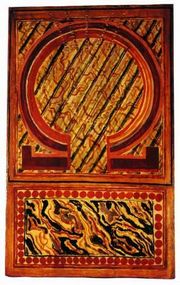 It opened in 1913 at the worst possible time in commercial terms, at 33 Fitzroy Square in the heart of Bloomsbury.
It opened in 1913 at the worst possible time in commercial terms, at 33 Fitzroy Square in the heart of Bloomsbury. 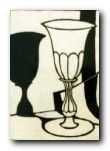 At the launch of the project, artist and writer Wyndham Lewis was also a member; but he quickly split away from the group in a dispute over Omega’s contribution to the Ideal Homes Exhibition. Lewis circulated a letter to all shareholders, making accusations against the company and Roger Fry in particular, and pouring scorn on the products of Omega and its ideology. This subsequently led to his establishing the rival Vorticist movement and the publication in 1916 of its two-issue house magazine, BLAST.
At the launch of the project, artist and writer Wyndham Lewis was also a member; but he quickly split away from the group in a dispute over Omega’s contribution to the Ideal Homes Exhibition. Lewis circulated a letter to all shareholders, making accusations against the company and Roger Fry in particular, and pouring scorn on the products of Omega and its ideology. This subsequently led to his establishing the rival Vorticist movement and the publication in 1916 of its two-issue house magazine, BLAST.